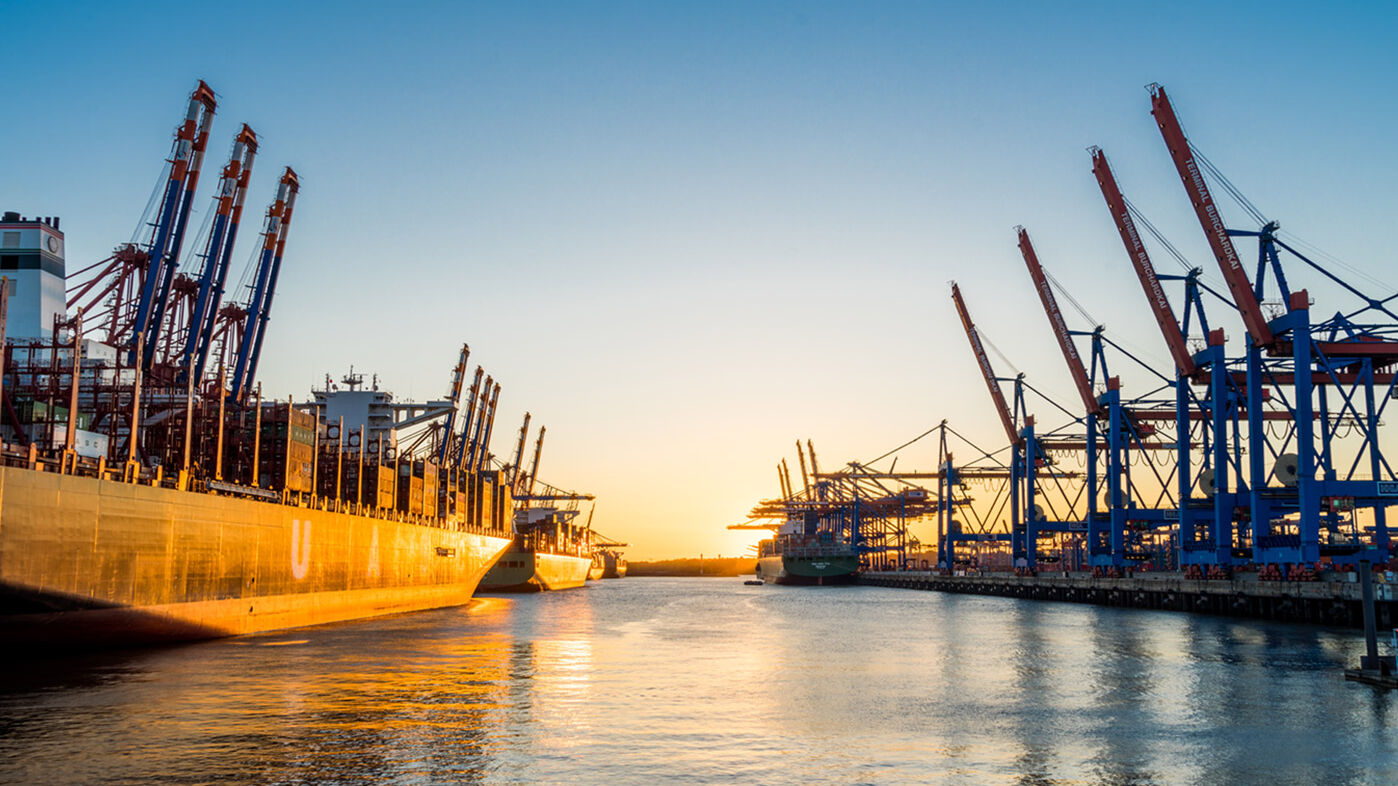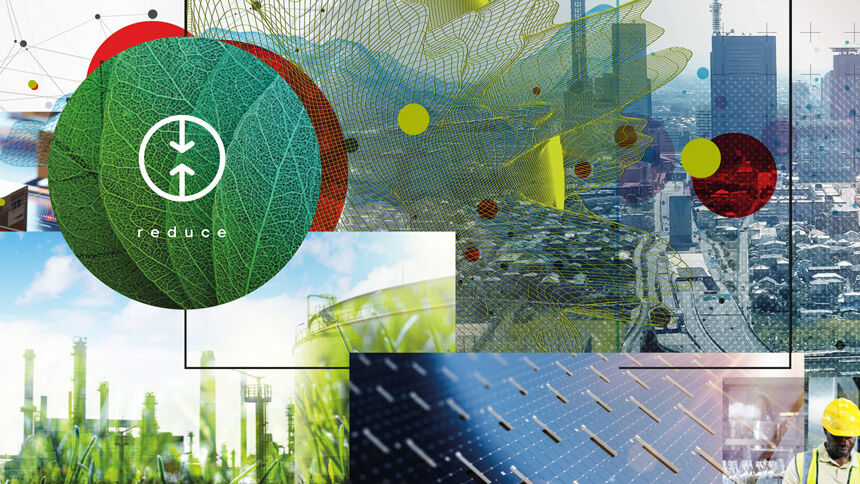BEST OF CONSULTING AWARD
“How do you translate something that might not come to fruition until 2050 into something that is relevant to you today?”
Interview with Marcia de Troyer and Didier Brackenier, Vice Presidents at EFESO.
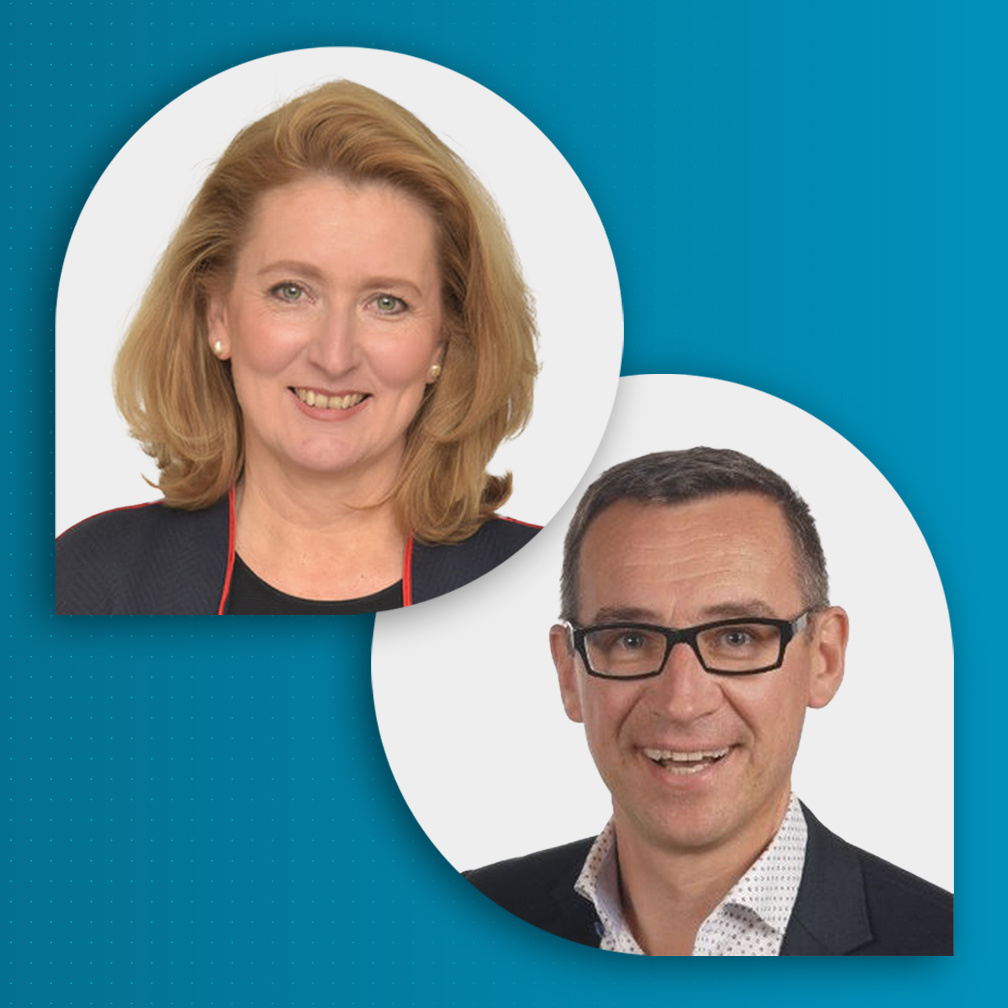
The Port of Antwerp-Bruges is aiming for climate neutrality by 2050. How do you begin a transformation process when the target horizon is around 30 years away in the future?
Didier Brackenier: Well, it's clear that in order to turn such an ambitious vision into reality, it's essential that, first and foremost, the leadership team is fully aligned with it. So, we started by working very closely with the CEO to shape the vision and then translated it into a compelling storyline that conveyed a common purpose. Alongside this, we launched a number of strategic lighthouse projects to give the rest of the organisation an early taste of the benefits this vision will ultimately deliver. And, of course, we took a long, hard look at the organisation itself, to see where we needed to make structural changes to enable such a transformation.
"Well, it's clear that in order to turn such an ambitious
vision into reality, it's essential that, first and foremost,
the leadership team is fully aligned with it.
What organisational changes were needed in order to ensure that the leadership team’s vision was realised?
Didier Brackenier: We are talking about a huge program with eight substreams and comprising more than 80 projects. With this level of complexity, the only effective way to manage it is to make sure the right decisions are being taken at the right level. So, our main focus at the start of the program was to install effective governance and help the organisation move to a more mature level of transformation management.
Marcia de Troyer: To do that, we set up an Enterprise Project Management Office. Its responsibility was to translate the overall strategy into different programmes, each of which had their own strategic projects with clear deadlines and milestones. This helped us to make the long-term strategy more tangible and set out the right drumbeat to make it happen.
"We are talking about a huge program with eight substreams
and comprising more than 80 projects. "
Aside from those governing structures, what else is required to achieve the mindset change needed to roll out a long-term transformation program such as this?
Didier Brackenier: Experience has taught us that getting people excited, engaged and involved in a program like this is critical to its success. So we helped the leadership team to cascade the right storyline and messages throughout the organisation. That was a fundamentally important step, especially at the beginning of the program.
Marcia de Troyer: The other key has been to do this in a consistent way. What often goes wrong is that you have the ‘current’ and the ‘future’ worlds fighting it out. When we talk about sustainability goals, we’re talking about 2030 or 2050. But if you talk to a person in the port or someone in the office, they are governed by day-to-day KPIs that need to be achieved in the here and now. So how do you translate something that needs to happen by 2050 into something that is relevant to you today?
The answer is to break down those long-term KPIs into something that is concrete and achievable for staff in their day to day jobs and, in time, will motivate them to get invested in the long-term goals. And it’s just as important to do that with management who, let’s not forget, still have to deliver on today's targets.
"What often goes wrong is that you have
the ‘current’ and the ‘future’ worlds fighting it out."
One of the main initiatives within the port's transformation is the creation of Antwerp@C, a coalition of leading chemical and energy companies working together to halve greenhouse gas emissions by 2030. How can this be achieved and what role is EFESO playing in this?
Marcia de Troyer: It’s a fact that currently there are no technologies available that could reduce CO2 emissions to the extent necessary to meet the port's long-term sustainability goals. So, the idea that led to the formation Antwerp@C, was to instead to use CCS-technology to capture the CO2, liquify it and then transport it to be stored in a depleted gas field.
We supported the port in its application process for European Union funding. To do this, we first had to assemble an alliance of willing industrial players who wanted to work with the Port of Antwerp. The next step was to set up a multi-functional, multi-company team with the right technical skills and cooperative mindset. Finally, it was crucial to create a governance structure that would allow all these different parties to move forward together while achieving the qualifying milestones necessary to secure the European funding
"So, the idea that led to the formation Antwerp@C,
was to instead to use CCS-technology to capture the CO2…"
What does it take to motivate the ecosystem partners to get behind such an ambitious project?
Didier Brackenier: Well, you certainly can’t underestimate the importance of leading by example. That’s why the Port Authority itself has set up a number of operational excellence projects in order to significantly reduce its own CO2 emissions. It kicked things off with the conversion of the tugboat fleet to hydrogen or electric propulsion, a move which has already led to a 40% reduction in fuel and CO2 emissions. This was accompanied by a substantial decrease in truck-based traffic on Antwerp’s ring road system, achieved by shifting shipments to railways and waterways wherever possible.
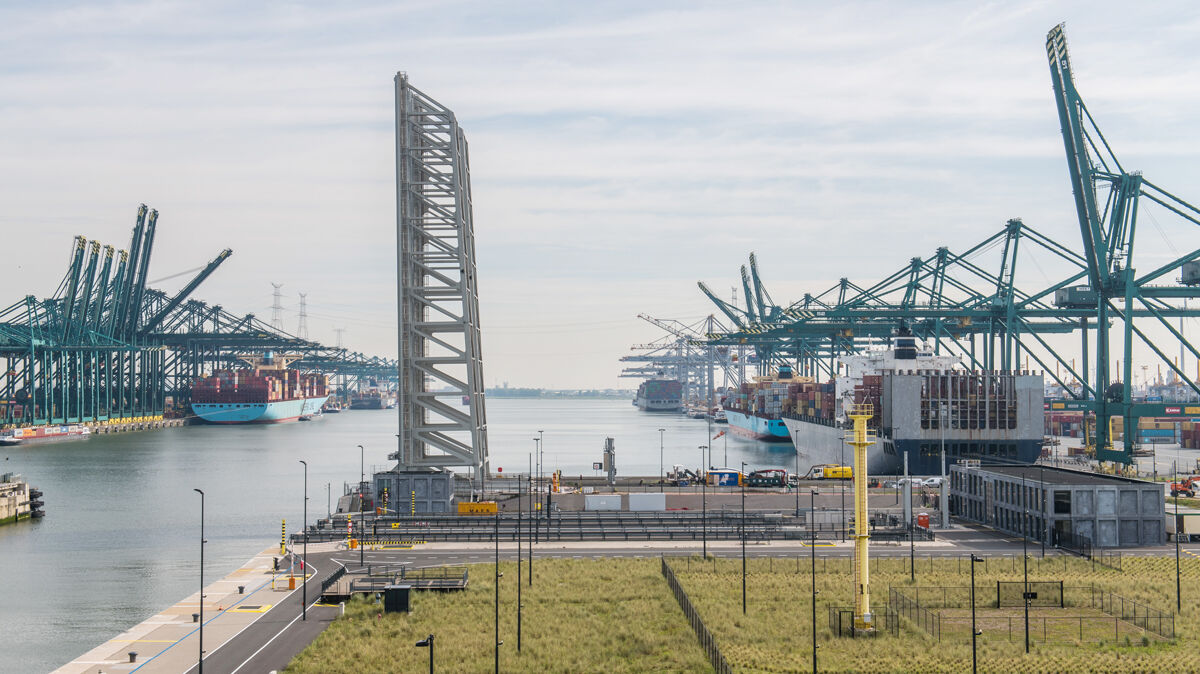
What role do operational excellence methods play in the implementation of sustainability goals?
Didier Brackenier: Well, I would argue that sustainability is a performance issue like any other, which is why applying operational excellence methodologies to sustainability goals has proven to be so successful. There have been quantifiable benefits in doing so, not just when when it comes to reducing C02 emissions, but also, more generally, when it comes to preparing the port for its future role as a ‘green’ energy import hub.
For example, we've worked hard to make vessel scheduling more transparent, improve forecasting and so make the port’s Vessel Traffic System more efficient. The result has been a 20% increase in throughput capacity over the last 3-4 years.
"The result has been a 20% increase in
throughput capacity over the last 3-4 years."
Ports play a key role in the plans for Europe's future energy supply and Antwerp-Bruges wants to become the ‘hydrogen hub’ of Europe. What actions have been taken to help realise that goal?
Marcia de Troyer: In order to make this huge shift, from essentially being a fossil fuel ‘bunker’ to a hydrogen hub, several key actions have had to be taken: The first was to create a consortium of companies willing to work together in a chain to bring about the production, transport and storage of ‘green’ hydrogen at the port. The second is to ensure that there is enough of it coming in! Some of it can be produced in Europe while the rest will have to be imported from non-EU countries where it can be produced at an acceptable cost. Finally, a hydrogen import coalition has been set up with other ports to ensure that a reliable supply can be sourced from these regions.
"Finally, a hydrogen import coalition has been
set up with other ports to ensure that a reliable
supply can be sourced from these regions."
After about 5 years of working together, 80% of the projects initiated have now been successfully implemented. What do you think the key success factors were?
Didier Brackenier: If you look at the overall project, I think one of the main success factors has been embedding this sustainability mindset into everyone's thinking. The reality is that, to an extent, we were stepping into the unknown at the beginning of this process. Not everyone was aware of the importance of sustainability at that time. So that was a big challenge but it has really helped to be working with a leadership team that wanted to lead by example… that has made all the difference!
"One of the main success factors has been embedding
this sustainability mindset into everyone's thinking."
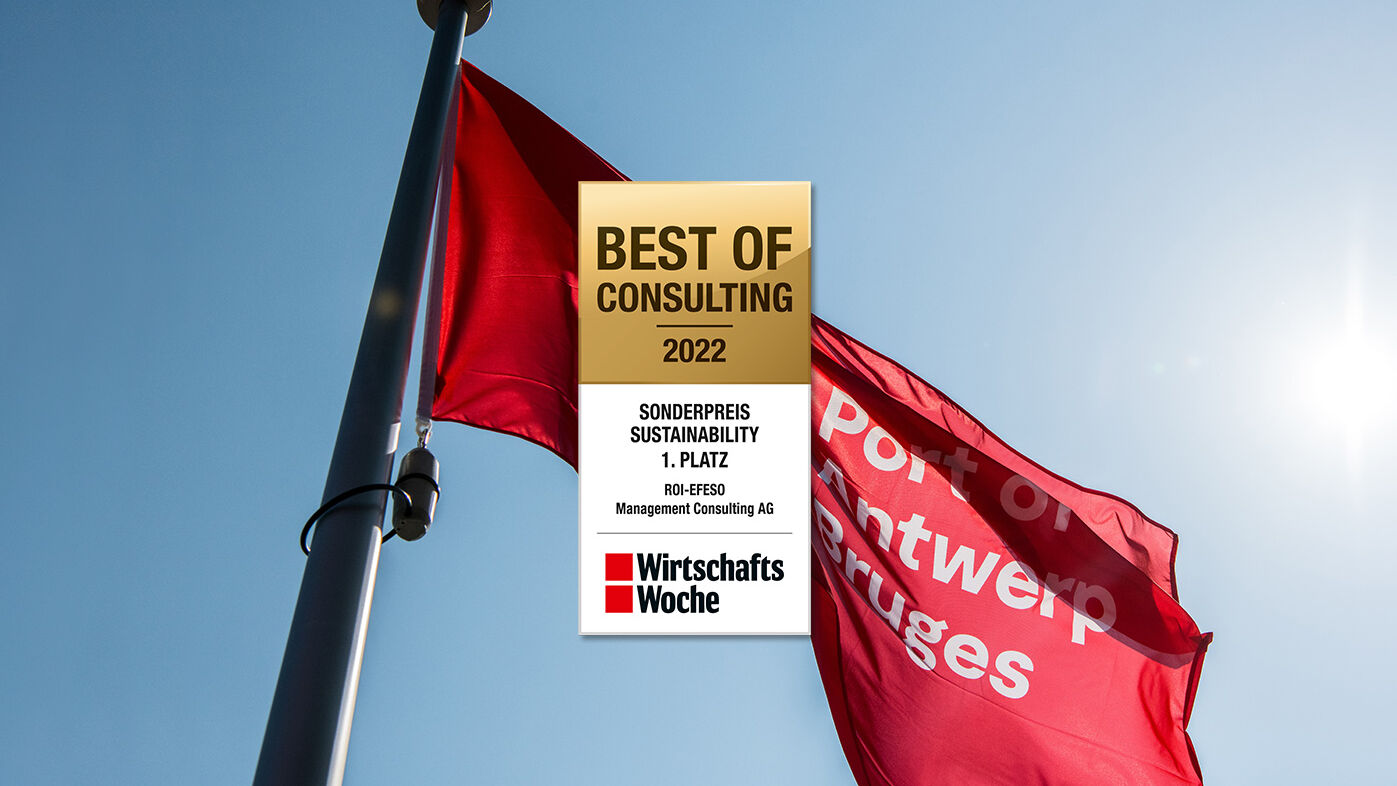
CASE STUDY
Setting up product and service development for the future
